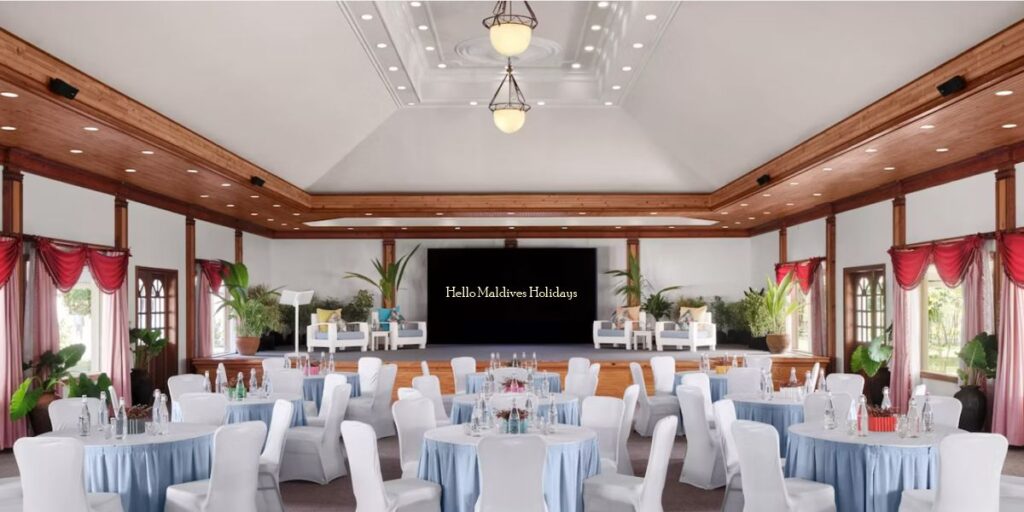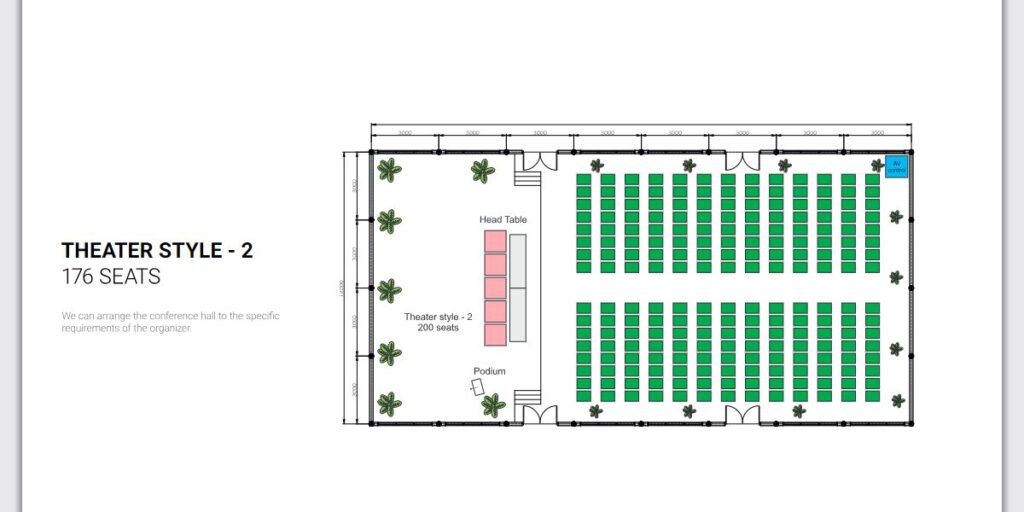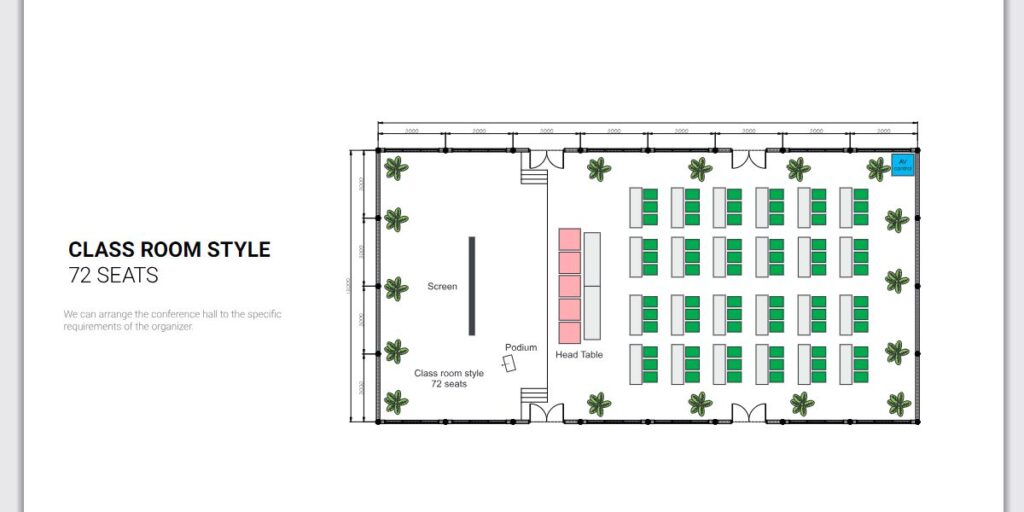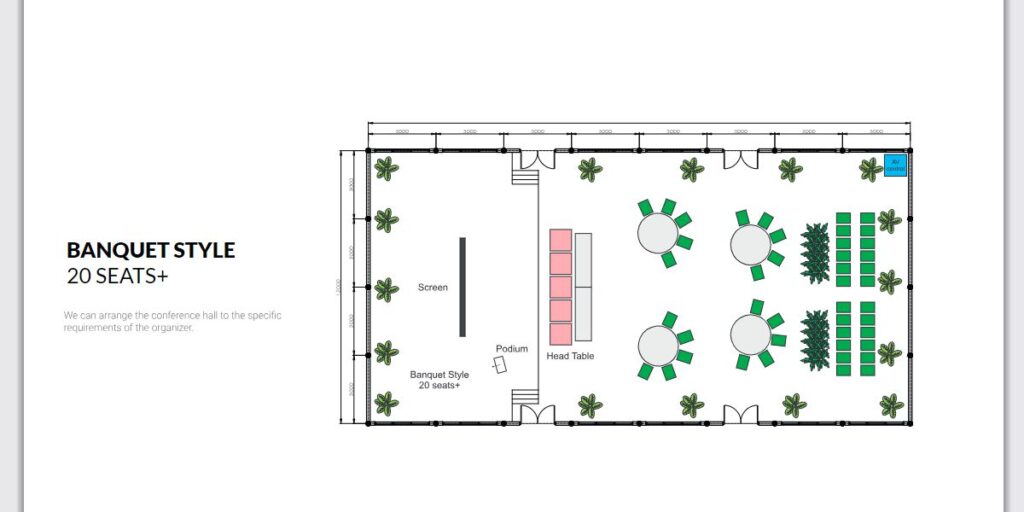
Your symposium, conference will be on a flowering jewel among the Maldives island resorts. Cruise along the stunning sapphire lagoons by jet-skii, canoe or catamaran.
Explore the spectacular local scenery and unique culture with excursions to neighboring islands or, simply let the ocean breeze caress you to sleep as you sway gently in your beach hammock.
From invigorating activities to precious tranquility, our Maldivian resort will captivate the heart with extraordinary experiences and unforgettable memories.






for more details and queries, just send us an e-mail: [email protected]

Before we begin it’s worth pointing out that travelling by seaplane in the Maldives is safe. They have a great track record and accidents are rare.
Reports going back to 1994 indicate zero fatalities, and only one case involving serious injury.
Over this same period of time millions of people have travelled safely on seaplanes in the Maldives.
All aviation accidents and incidents are investigated by the AICC of the Maldives and we summarise all published reporting below. Whilst this may seem like a significant amount of material at a glance, keep in mind this covers 30 years of aviation!
Contents:
In aviation accidents are not the same as incidents, but both are reported and investigated to maintain high standards of safety.
Accidents involves at least one of the following: aircraft damage or structural failure, complete loss of the aircraft, or in exceptional cases serious injury or fatality.
Nearly all seaplane accidents in the Maldives receive this classification on the basis of aircraft damage rather than injury. None have involved a fatality.
Incidents are any events which affect or could affect the safety of operation. Serious incidents are those that had a high chance of leading to an accident.
Over the period January 1994 to November 2023:
In 30 years of seaplane flights there have only been 11 injuries in the Maldives, of which 7 were crew.
In terms of tourists and passengers there have been just 4 injuries in 30 years, of which 3 were minor and 1 was serious.
Of the 16 accidents recorded 11 received this classified on the basis of aircraft damage rather than injury.
| Date | Aircraft | Category | Injuries |
|---|---|---|---|
| 25 Oct 2023 | 8Q-RAL | Incident (P) | – |
| 16 May 2023 | 8Q-TAQ | Accident (P) | – |
| 13 Nov 2021 | 8Q-MBC | Incident | – |
| 14 Feb 2021 | 8Q-RAE | Accident | 1 Minor |
| 22 Oct 2020 | 8Q-TMR | Incident | – |
| 05 Oct 2020 | 8Q-TMF | Accident | 2 Minor |
| 24 Feb 2020 | 8Q-MVC | Accident | 3 Minor |
| 16 Nov 2017 | 8Q-IAG | Accident | – |
| 04 Oct 2017 | 8Q-ISB | Accident | – |
| 27th May 2017 | 8Q-TMV | Accident | – |
| 2nd Jul 2015 | 8Q-MAN | Accident | – |
| 2nd Aug 2013 | 8Q-TMK | Accident | – |
| 9th Jul 2012 | 8Q-TMT | Accident | – |
| 9th Feb 2012 | 8Q-MAT | Accident | – |
| 10th Mar 2010 | 8Q-TMK | Accident | – |
| 2nd Jun 2009 | 8Q-MAG | Accident | 2 Minor |
| 14th Jul 2008 | 8Q-MAS | Accident | – |
| 17th May 2004 | 8Q-TMC | Accident | 3 Serious, 1 Minor |
| 19th Feb 2001 | 8Q-TMA | Accident | – |
(P) – Preliminary Report
A complete overview of all investigation reports from the Maldives Accident Investigation Coordinating Committee involving commercial seaplane flights is presented below.
The first seaplane flights in the Maldives were in 1993 and proved to be significantly safter than the preceding helicopter flights which suffered much more serious consequences in accidents. By 1999 helicopter flights were practically eliminated as seaplane travel took over.
During this period there were very few seaplanes operating compared to today and only a limited number of flights. It’s not that accidents have become more common, there’s simply tens of thousands of flights more per year today.
The Maldives has made significant advances in safety and procedures over it’s 30 year history of seaplane flight. They now boast the largest seaplane fleet and arguably the most experienced seaplane pilots in the world.
Serious Incident, no injuries.
Based on preliminary report.
Aircraft lost power in its right engine on approach to Malé at 350 feet, causing a sudden right turn and difficulty controlling the aircraft. Pilots were able to land safely on the water with a small bounce, and shortly after shut down the engines. Assisted by a rescue boat the aircraft taxied to a platform for passenger and crew to disembark.
Accident, no injuries.
Based on preliminary report.
Aircraft encountered issues upon initial touchdown on water. The aircraft hit a swell during landing, causing a bounce, a drop of the left wing, and subsequent contact with the water. Once stationary, the crew assessed and confirmed damage to the left wing. The aircraft then taxied to a platform, shut down the engines, and passengers disembarked via the main door.
Serious Incident, no injuries.
Based on preliminary report.
Take-off was aborted due to unexpected aircraft behaviour. Unable to stop, the aircraft shut down its engines and drifted into two water bungalows, sustaining damage but causing no injuries. The aircraft was then towed to a platform where passengers and crew disembarked safely.
Accident, 1 minor injury to cabin crew.
Flight from Maalifushi to Velana International Airport had an accident upon touchdown. The aircraft touched down on the right-hand float, dug into the water, and turned steeply right before coming to a stop inverted. Although the aircraft was substantially damaged, all six passengers and two pilots evacuated without injury; one cabin crew member sustained minor injuries.
A rise in accidents coincided with global emergence from COVID restrictions. Planes and pilots had been grounded around the world without regular flying. This was not unique to the Maldives.
Serious Incident, no injuries.
After a normal touchdown at Sun Siyam IruFushi, an aircraft experienced an uncontrolled left turn during reverse thrust, leading the left wing and propeller to contact an anchored vessel. The incident caused damage to the aircraft’s left wing and propeller blades, as well as to the vessel, but no one was on board the vessel at the time. The Pilot in Command regained control and taxied to a platform, with all passengers and crew disembarking safely without injuries.
Accident, 2 minor injuries.
During an approach with a left crosswind of about 20 knots at Velana International Airport, an aircraft landing on the ‘North Right’ area rapidly rolled to the right after touchdown, with the right wing dipping into the water. It swerved but settled upright on both floats. The aircraft was taxied to the dock with assistance from a rescue vessel and personnel onshore. All passengers and crew disembarked safely. Minor injuries were reported among the flight and cabin crew, but no passengers were injured.
Accident, 3 minor injuries including 1 passenger.
An aircraft landing on an unmarked water runway bounced upon touchdown, banked left, and then the right wing dropped, causing the nose to dig into the water. The Pilot in Command’s attempt to go around was unsuccessful. The fuselage, wings, engines, and propellers were substantially damaged, but the floats remained intact, and the aircraft was upright post-accident. It taxied to the mooring with left engine power and dinghy assistance. All occupants evacuated safely, with minor injuries to two crew members and one passenger.
Accident, no injuries.
Aircraft encountered an accident during take-off from DOR water aerodrome. The aircraft hit a series of sea swells during acceleration, which resulted in both floats detaching and the nose plunging into the water. The engines were shut down by the PIC after the second impact. The detached floats, trapped under the wings, kept the aircraft afloat despite water entering the fuselage. All 12 passengers and 3 crew evacuated without injury.
Accident, no injuries.
The first officer was flying when the aircraft bounced during landing in a crosswind at Velana International Airport. The captain’s go-around attempt failed, causing the aircraft to flip and crash, landing upside down in shallow water. Despite substantial damage to the aircraft, all passengers and crew escaped without serious injuries.
Accident, no injuries.
During a landing on the North Right Water Runway, the aircraft bounced off the left float and then, after a second bounce, banked right causing the right wing tip to dip into the water. This led to an abrupt right veer and crash. All passengers and crew evacuated uninjured before the aircraft submerged.
Accident, no injuries.
During final approach to land at KUR, at about 400 feet with flaps fully down, the aircraft pitched up and vibrated uncontrollably as the stall warning activated. The PIC’s recovery manoeuvres initially failed, but some control was regained after retracting the flaps. Despite this, the aircraft continued a right turn, lost height, and hit the sea. All 11 passengers and three crew members evacuate uninjured before the aircraft sank.
Accident, no injuries.
During a westbound landing approach approved due to westerly winds, the aircraft banked left, losing control and touching down on the left float first. Control was transferred from the co-pilot to the Captain, who noted the aircraft’s significant left turn and wing damage. All passengers disembarked without injuries. The cause of the incident was identified as an unexplained left bank on approach despite facing a headwind.
Accident, no injuries.
Upon landing, the crew struggled to dock at a fixed platform due to the tailwind and swells. After aborting the first docking attempt, the second attempt led to a collision with the platform when the aircraft moved forward despite full reverse and rudder inputs. The left float and propeller were damaged, and the aircraft eventually became fully submerged. All aboard evacuated safely.
Accident, no injuries.
On final approach to MLE the co-pilot made a hard landing on the north right water runway due to easterly winds, causing the aircraft to bounce and the right float to dig into the water. The PIC then took over and steadied the aircraft, but the right float detached and became stuck under the fuselage, preventing sinking, while the left float also detached. All aboard evacuated without injury.
Accident, no injuries.
We were unable to retrieve report 2010-01, (“De Havilland, DHC-6-300, 8Q-TMK, Right wing struck on water at Cocoa Palm/Dhunikolhu Island Resort (Baa Atoll)”), at the time of writing.
Accident, 2 minor injuries including 1 passenger.
The aircraft took off from Halaveli for a 40-minute photo flight with good weather conditions. After take-off, the co-pilot gave his seat to a passenger and moved to the cabin.
Whilst CAR Part 15.11 does allow a special exemption for a passenger to take the right hand seat during professional photography flights, both pilots must be at the controls during take-offs and landing.
Once the shots were complete, the PIC began descending in a right bank, keeping the passenger in the first officer’s seat in order to provide further photography opportunities.
Before the PIC could complete the turn, the aircraft struck the water with its right wing/float. The crash broke both wings and detached the left float, while the right float jammed, blocking the co-pilot’s exit and twisting the empennage. All passengers and crew escaped without fatalities from the shallow wreckage.
The investigation attributed the accident to the PIC’s low flying, a passenger in the co-pilot’s seat, and the operator’s inadequate communication of procedural updates.
Accident, no injuries.
The 8Q-MAS aircraft, with 17 people onboard, departed from Male to Adaaran Club Bathala. Encountering rough seas and strong westerly winds, it struck a swell on landing, veered left, and collided with a moored speed boat, losing its right float and engine. The aircraft sank in shallow water, but all on board safely escaped without fatalities.
Accident, 3 serious injuries including a passenger, and 1 minor injury.
The most serious seaplane accident in the Maldives and one of the first, there were still no fatalities.
Departing from Male’ International Airport to Velaavaru Resort with 14 passengers, the aircraft experienced a longer-than-normal take-off, struggling to gain height. Nearing a seawall, the captain’s abrupt control pull to avoid the obstacle induced a stall, causing the left float to shear off upon impact with the seawall. This led to the left wing folding upwards and detaching, with the left propeller slicing through the cockpit ceiling. The aircraft then skidded across the ground, losing the right float and propeller, before halting on the mainland runway. The accident resulted in serious injuries to both pilots and one passenger, minor injuries to another passenger, while the rest were unharmed.
Accident, no injuries.
The aircraft was manoeuvring on the water near the Floating Platform, after landing in the lagoon near Sun Island resort, when it struck another Twin
Otter that was parked against the floating platform. There were no passengers on either aircraft, and no injuries to any of the crew were reported.
There are no accidents involving seaplanes recorded in the Maldives CAA historical archives.